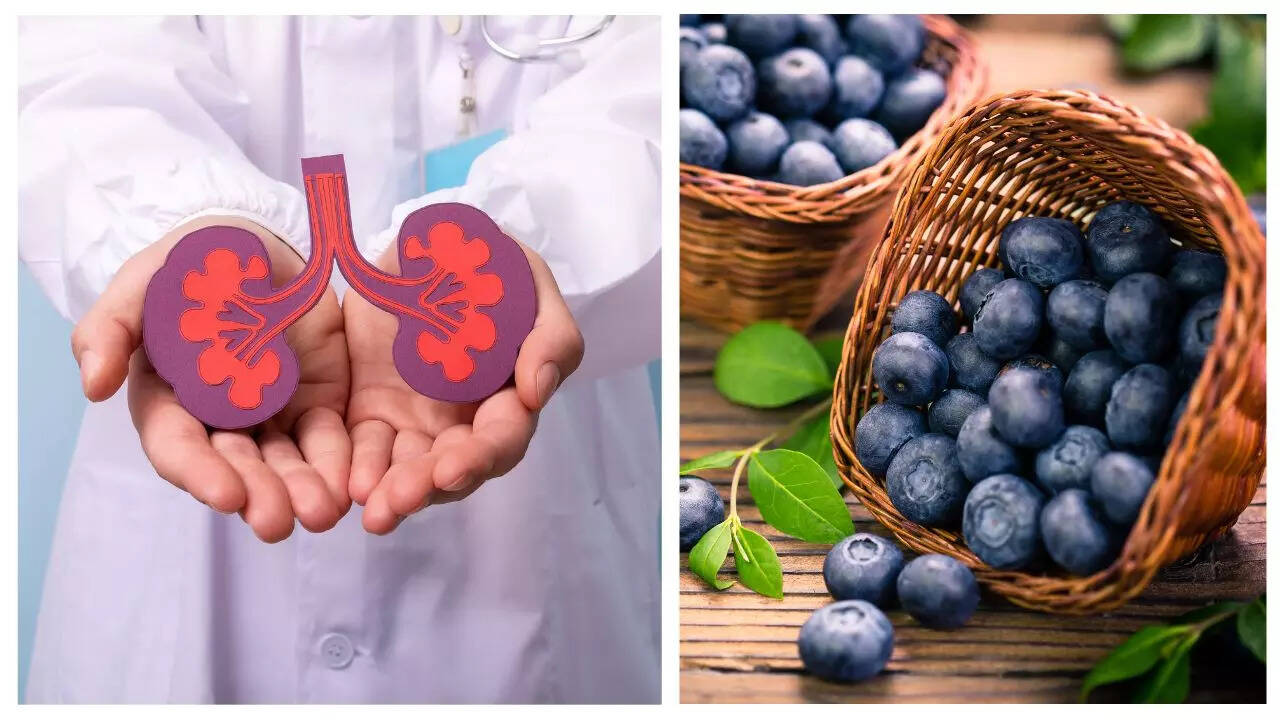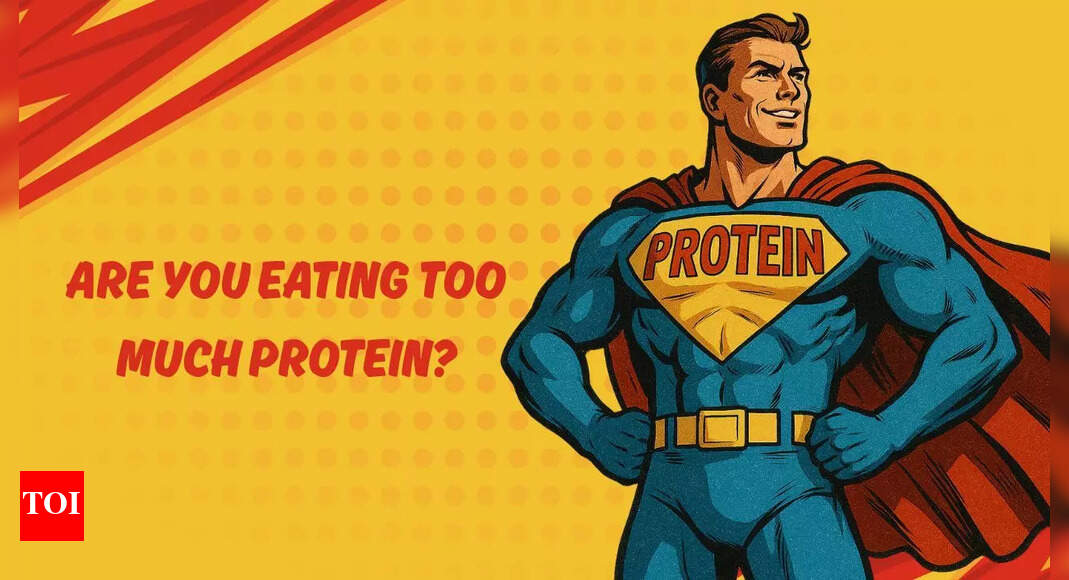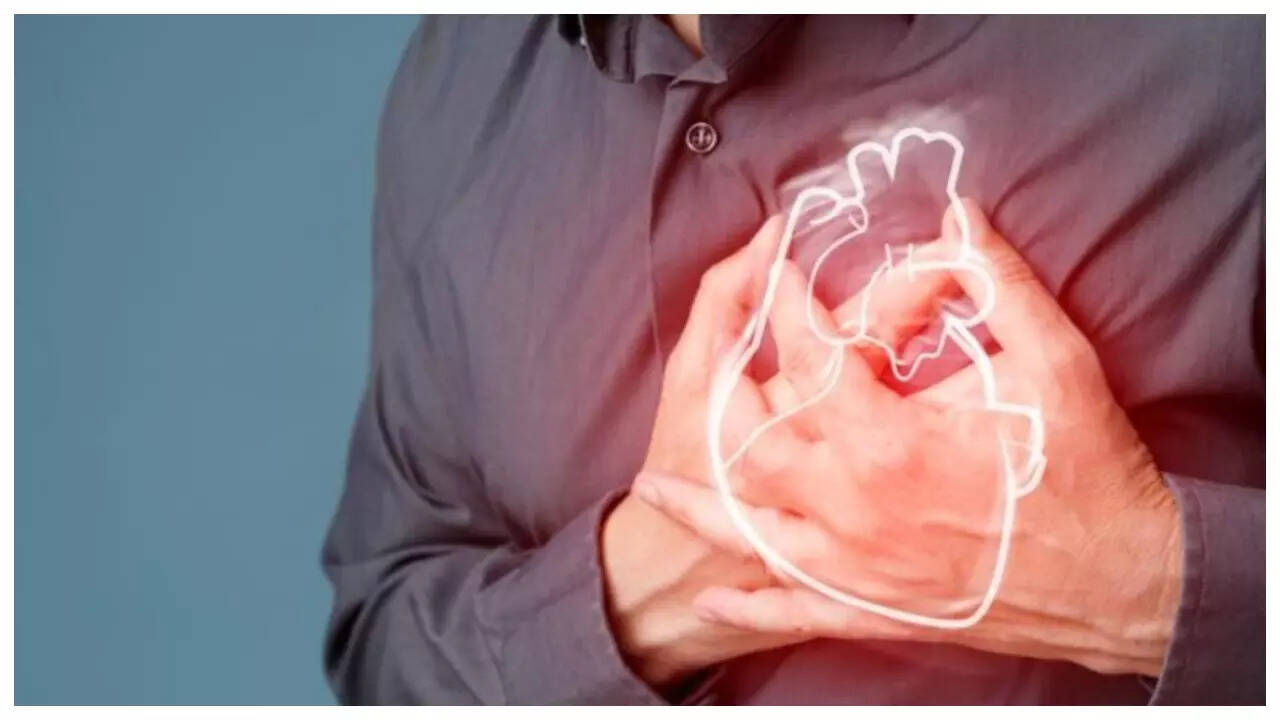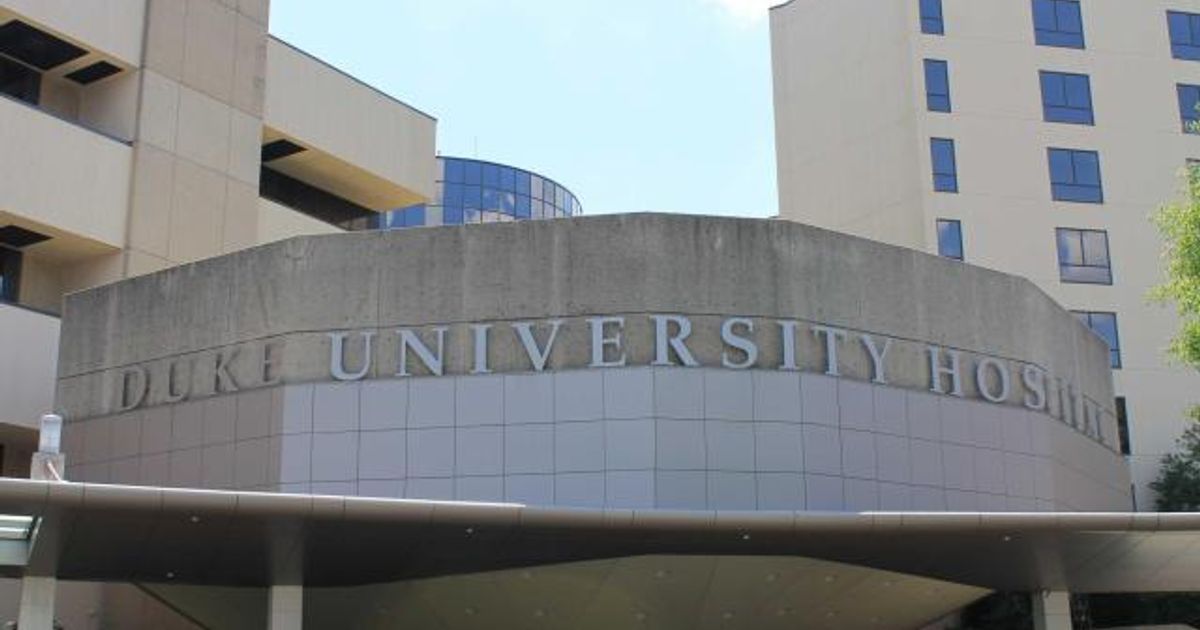Summer McKesson struggled to breathe for years. Doctors told her it
was because her blood would not stop clotting – and they couldn’t figure
out why.
A single clot alone can be lethal; but the recurring and
unexplained clots that formed in McKesson’s heart and lungs were a
medical mystery.
After multiple surgeries to remove clots and scar
tissue, McKesson traveled to the Mayo Clinic, where she sat in a
conference room while renowned physicians and specialists worked through
her case on a whiteboard.
But even they were baffled.
“To hear that even they had never seen it before,” she told CNN through tears, “I came back (home) just crushed at that point.”
Desperate
for answers, McKesson said she turned to 23andMe, hoping the DNA
analysis service, which claims to offer insights into its clients’
genetic health history, might unlock some clues to her condition.
But
her quest for answers would unearth a family secret – and a doctor’s
decades-old deception that has ensnared multiple families across the
country.
Ask your parents about Dr. Peete
McKesson
never questioned her genetics – or considered 23andMe – until a team of
surgeons performed an urgent, open-heart procedure in 2022 to remove
clots from her heart and lungs.
As she recovered, McKesson said her surgeon dropped another bomb.
While
operating, he’d noticed the connective tissue that supports her organs
was stretchy and unusually fragile. He told her the complication –
coupled with McKesson’s willowy build and Amazonian height – could be a
sign of an inherited disorder called Marfan syndrome.
His
suspicions were correct. A geneticist confirmed McKesson’s diagnosis,
and said her clotting disorder was also genetic, which ushered in a host
of lifelong health challenges.
Her heart would now need to be constantly monitored, and she will eventually need at least one more major heart surgery.
But
the diagnosis was puzzling for another reason: both of her conditions
are genetic and, as far as she knew, no one else in her family had them.
McKesson,
43, said she didn’t have a full picture of her family’s health history
because her father died when she was a teenager. So, she signed up for
23andMe, submitted a DNA sample, and waited.
The results arrived in her inbox in October 2023.
“I
was just sitting on my couch after work, and kind of quickly pulled up
the results on my phone,” McKesson recalled. At first, she said, she was
curious to learn more about her family’s ethnic background.
“Growing
up, I always was like … ‘I don’t look like any of y’all. No one has my
nose. I’m a foot taller than everyone,’” she said, adding her family
used to joke that she was adopted.
While there weren’t many
surprises in her family’s ancestry, McKesson said when she navigated to
the “family members” section of the site, she drew up short:
The test showed she had seven half-siblings.
“I
just remember being shocked and my mind just swirling,” she said. “I’m
like, how is this possible? … Did my dad have another family or
something?”
Was she actually adopted? None of what she was learning made sense.
She
sent screenshots of the results to a trusted group of friends, and they
discussed different theories. Then, later that night, she sent a
message to her newly discovered half-siblings through the 23andMe
website.
“Humor has really gotten me through a lot of this,” McKesson said, so she opted for a lighter tone in her first note.
She
sent the same message to each name listed on the site. And then, she
waited. It would take more than a month for anyone to respond.
“I
don’t want to cause any conflict,” one of them finally wrote, “but if
you want to dig into this, I’d ask your parents if they went to see Dr.
Peete.”
A doctor’s decades of deception
In
1980, Laurie Kruppa and her husband, Doug, found themselves waiting for a
fertility specialist named Dr. Charles Peete in a sterile exam room at
Duke University Hospital.
The couple wanted children, Laurie told
CNN, but Doug had a vasectomy during a previous marriage, so her OB-GYN
referred them to the physicians at Duke for fertility treatment.
The
1980s and ‘90s would prove to be a time of innovation in the fields of
genetics and assisted reproductive technology. In 1978, a woman gave
birth to a baby named Louise
in the United Kingdom through in vitro fertilization, or IVF, making
her the first child to be born through the novel procedure.
But
the Kruppas opted to use intrauterine insemination, or IUI, a procedure
that had been around in some form for centuries but had only recently
become common thanks to advances in freezing and banking sperm.
During
the procedure, a doctor places donor sperm directly into the patient’s
uterus during ovulation, to increase the chances of conception.
The
Kruppas were instructed to bring $50 to each visit and, Laurie
stressed, they were told the donor sperm would come from a resident in
the university’s medical school.
At each visit, Kruppa said she
laid back on the table, placed her feet in the stirrups, and waited. And
then, Peete would walk into the room.
“He seemed nice enough and concerned, but we didn’t have a lot of interaction,” Kruppa recalled decades later.
I would “wait 10 or 15 minutes, and then he’d come back and insert the sperm.”
Kruppa
said it took the couple seven attempts to conceive their eldest
daughter. Two visits, less than a year later, to conceive their second
daughter. And a single visit in 1984 to conceive their son.
And for each child, Peete used his own sperm without her knowledge or consent.
Revelations and revulsion
It would be decades before the Kruppas would learn the truth about their children’s paternity.
During
those years, Kruppa said she and her husband had moved their family
from North Carolina to Ohio and debated whether they should even tell
their kids they were donor-conceived.
“We thought maybe the two
girls were definitely related because they came 16 months apart. So, we
just thought maybe it was a resident that was still there,” Kruppa said.
“My son was born two and a half years later, so we thought it had to be somebody different.”
After
years of keeping their secret, Kruppa said the rising popularity of
consumer DNA products eventually forced their hand. They revealed the
news to their children during a family vacation.
“They all reacted very well,” Kruppa said of her kids. “They’ve never not thought that (Doug) was their dad.”
But
they also joined 23andMe and began doing their own research. Kruppa
said her middle child was the first to discover their connection to
Peete. Out of the blue, her daughter asked what hospital her parents
used and if Kruppa remembered the name of her doctor.
Then, the
kids called another family meeting and revealed what Peete had done to
their parents. Initially, Kruppa said, “I was really glad they were all
true siblings.”
It took her months to fully process what Peete’s actions meant for her – and over time, she became angry.
“When
I started thinking, I got much more upset about the ethics of it,” she
said. “I’m pretty sure he was my father’s age … This is like getting
raped by your father.”
As the Kruppas’ children were grappling
with the truth about their paternity, Jim Harris was in North Carolina
exchanging emails with a newfound half-sibling on 23andMe.
Less
than a year after his father died from cancer, Harris said his mom
called and insisted they meet to discuss something important.
“She
drops this bomb that, my dad never wanted to tell me this, but they
couldn’t conceive at the time, and they went to a fertility clinic at
Duke University.
“It was early 1977,” he said, “and they got a sperm donor.”
Coming
so soon on the heels of his father’s death, Harris said the confession
caused him to spiral. He was raised as an only child, but 23andMe
revealed he had multiple half-siblings.
And Harris said his conversations with one sibling in particular stood out.
At
first, the woman was confused about their shared genetics, then
curious. Maybe she was also donor-conceived, and their parents had used
the same donor, she suggested.
But when Harris started researching the woman’s maiden name, he discovered her father was Dr. Peete. He sent her a message.
To Harris, the conclusion was clear: His mom’s doctor had used his own sperm instead of a donor’s.
It
took Peete’s daughter days to respond to the revelation, and when she
did, she admitted to being “stunned, shocked and completely baffled.”
“It
didn’t even cross my mind that my dad would’ve been the donor, because
my dad was the most honorable human being,” she wrote, “… being a part
of whatever or however this happened just doesn’t add up.”
But as they continued to exchange messages, she later noted how Jim looked a lot like her father.
“I think there is more to this story we may never really know,” she said.
The country doctor
Dr.
Charles Henry Peete Jr. died in 2013 at the age of 89. CNN reached out
to his immediate family multiple times during the reporting of this
story, but did not hear back.
A public obituary posted online
describes Peete as a “compassionate country doctor,” who discovered his
passion for medicine by observing his father, the town physician.
Peete
graduated from Harvard Medical School in 1947 and, according to the
obituary, he completed a residency in obstetrics, gynecology and
endocrinology before accepting a position as an assistant professor and
physician at Duke in 1956.
Decades later, in the late 1970s, Peete
would become one of Dr. Ken Fortier’s attending physicians and his
mentor during his gynecology and gynecological surgery residency at
Duke.
“He was very calm and composed,” Fortier recalled. “He was
superb technically as a surgeon. He made things look easy that others
might struggle with.”
Peete, he said, was the type of person who was “quietly there in the background, but they’re always there when you need (them).”
At
the time, Fortier told CNN, it was widely known that residents and
medical students – especially those specializing in obstetrics and
gynecology – were often tapped to donate sperm.
“There wasn’t
anything taboo about it,” he said. “There were people in the department
who specialized in infertility that tended to have a kind of cadre of
donors, and they usually were the best people that were generally
healthy.”
But when he learned, through CNN, that his mentor and
colleague had fathered the children of some of his patients, Fortier
searched for the right words.
“The idea … the thought of using one’s own sperm … that surprised me,” he said.
When fertility treatment becomes fraud
Among
the earliest publicized cases of intrauterine insemination (IUI) in the
United States was an act of what’s come to be known as “fertility
fraud” – when a physician deliberately misrepresents the origin of donor
sperm or eggs, oftentimes using his own sample instead to impregnate a
patient.
In 1909, a physician in Minnesota wrote a letter to the
editor of a medical publication describing an “artificial impregnation”
he said he’d witnessed 25 years earlier – in 1884 – while attending
medical school in Philadelphia.
“At the time the procedure was so
novel, so peculiar in its human ethics, that the six young men of the
senior class who (witnessed) the operation were pledged to absolute
secrecy,” author A.D. Hard wrote.
A wealthy couple had
visited the hospital to learn why they were struggling to conceive. Hard
said the husband was deemed sterile and one of the medical students
joked that the only way his wife could get pregnant was with “a hired
man.”
“The woman was chloroformed and with a hard rubber syringe
some fresh semen from the best-looking member of the class was deposited
in the uterus, and the cervix slightly plugged with gauze,” Hard wrote.
The professor, he said, later confessed his actions to the woman’s husband.
“Strange as it may seem, the man was delighted with the idea,” Hard wrote.
Both the doctor and the professor agreed to never tell the man’s wife, he said.
Today, these actions – and those of Dr. Peete – would be deemed not only unethical, but an act of medical malpractice.
Informed
consent – or the idea patients have the right to make independent and
informed decisions about their own bodies and healthcare outcomes – is a
cornerstone of modern medicine.
In using his own sperm without his patients’ knowledge, experts told CNN, Peete violated that central covenant.
“If
he said, ‘we’re using a resident’s sperm,’ and it was his own sperm,
that’s very problematic,” said Dr. Robert Klitzman, director of Columbia
University’s Masters of Bioethics program and author of the book
“Designing Babies.”
“The standard (of care) should be to tell people where the sperm is coming from,” he said, “Even back then.”
But Peete is far from the only doctor to have committed this type of deception. In 1992, Cecil Jacobson
was convicted of 52 counts of fraud and perjury for inseminating his
patients with his own sperm and was sent to prison. And the advent of
consumer DNA products has led to numerous claims of fertility fraud over
the years.
For all its focus on creating life, the US fertility
industry remains underregulated, Klitzman said. While many countries
have pushed to limit or outright prohibit anonymous sperm donations,
Klitzman noted the US does not have similar laws.
“There are many
things that we look at now with an ethical understanding of the full
harms, risks, benefits … and think – what were they thinking back then?”
Klitzman said.
Peete ‘forever changed my life’
That
question haunts Peete’s progeny. Did he use his own sperm because there
was a shortage? Or was this ego? Some kind of God complex that drove
him to essentially commit medical fraud?
For McKesson, the
rationale for Peete’s actions is secondary to their repercussions.
Learning the truth of her paternity has sparked something of an
existential crisis, she said.
“Ultimately, the hardest thing to
process once you started putting the pieces together was that I was a
product of a crime, that I was the product of medical rape,” she said.
Both
McKesson’s clotting disorder and Marfan syndrome are genetic, meaning
one of her biological parents either passed on the traits, or it’s what
scientists describe as a “new mutation.”
Our DNA consists of
billions of letters that combine to form a unique word: You. But
sometimes, as the genetic code from each parent divides and replicates,
changes are made. Scientists call these mutations.
“Most mutations
have no meaning,” Klitzman said, “but occasionally one does and that’s
the so-called ‘de novo,’ – a new mutation.”
These mutations can be spontaneous, but the paternal age of a sperm donor can also be a factor. A study published earlier this month in Nature revealed genetic risks for children increase as fathers age.
Peete would have been approaching 60 at the time McKesson was conceived.
When
she learned Peete was her biological father, McKesson said she reached
out to his family for more information on his health but did not hear
back.
“I’ve never blamed his family for anything, I mean, they
didn’t ask for any of this either,” McKesson said.” But “let’s just say
(Marfan syndrome) doesn’t run in his family – it could also come from
the fact that he was older.”
Without further insights into her paternal health history, McKesson admitted she doesn’t have a way to be sure.
“I’ve just had to accept that this chapter is never going to be closed,” she said. “It’s just forever changed my life.”
Still,
McKesson said, because genetic impacts can span generations, she’s been
vocal about her conditions with her half-siblings, encouraging anyone
she meets to get themselves – and their children – tested.
At McKesson’s insistence, Harris, who is 6’7”, was also tested for Marfan syndrome, but he was negative.
Thus
far, McKesson said Peete is believed to have fathered at least 12
children outside of his immediate family over more than 20 years.
But,
she added, that number is solely based on those who have submitted DNA
samples to consumer DNA sites like 23andMe and Ancestry.
And with 23andMe filing for bankruptcy earlier this year, her chances of finding any additional siblings may be dwindling.
A matter of life and death
Since
learning the truth of what happened, both Kruppa and McKesson said they
have separately been in contact with Duke University, where Peete was
employed.
In emails reviewed by CNN, the university appeared
initially to be responsive. A lawyer was hired to contact Peete’s
previous clients and investigate his actions, and, at Kruppa’s
instigation, the university now also offers an ethics course that
addresses fertility fraud.
For a time, McKesson said, the
university also appeared to be mediating conversations between Peete’s
victims and his immediate family.
But when she continued to insist
the Peete family provide more insight into the doctor’s genetic and
medical history, they stopped responding.
When reached for comment
on this story, Duke Health officials said in a statement its program is
built on a “commitment to operating within the highest ethical and
legal standards in the field.”
“We have been made aware of
unacceptable actions by an individual that occurred in our program in
the early days of fertility care during the late 1970s and early 1980s,”
the statement said. “The unacceptable actions could not happen today at
Duke Health and should never have happened.”
CNN also reached out to the legal team that investigated Peete’s actions but did not receive a response.
In the US, 14 states
have passed laws against so-called fertility fraud. North Carolina,
where Dr. Peete was employed, does not yet have a statute against it.
Both
McKesson and Kruppa said they have separately considered lawsuits. But,
given the lack of regulation over the US fertility industry, and the
fact that Peete has died, they feel their options are limited.
McKesson said it’s “pretty impossible for the victims to have any sort of justice in this situation.”
Still,
she told CNN, she was most disappointed by how both the Peete family
and Duke University have responded to the situation – especially
considering that, at least in her case, it could be a matter of life and
death.
“I felt like this was a chance for them to step up and be
involved in doing the right thing, and they’ve chosen not to,” she said.
“The
patients that were impacted and their families deserve to know that
they may have had a crime committed against them and be acknowledged –
and to know their family medical history to the extent that that’s
possible.”
For a while, McKesson said, she would research her
newfound siblings to see what traits they have in common. She has the
same smile as one of Peete’s daughters, she said. And both McKesson and
Harris are slim and tall.
But she said she’s decided to speak out
now because she’s concerned other siblings might also unknowingly be
living with a life-threatening genetic disorder.
With treatment, a person diagnosed with Marfan syndrome can expect to live as long as someone without the disease.
But left untreated, the average life expectancy is 45 years.
“My
hope in sharing my story is that if I have any other half-siblings out
there, that I could save their life by knowing my medical history,” she
said.
“I’m trying to do the right thing.”
CNN’s Ryan Young and Meridith Edwards contributed to this report.
First Appeared on
Source link












